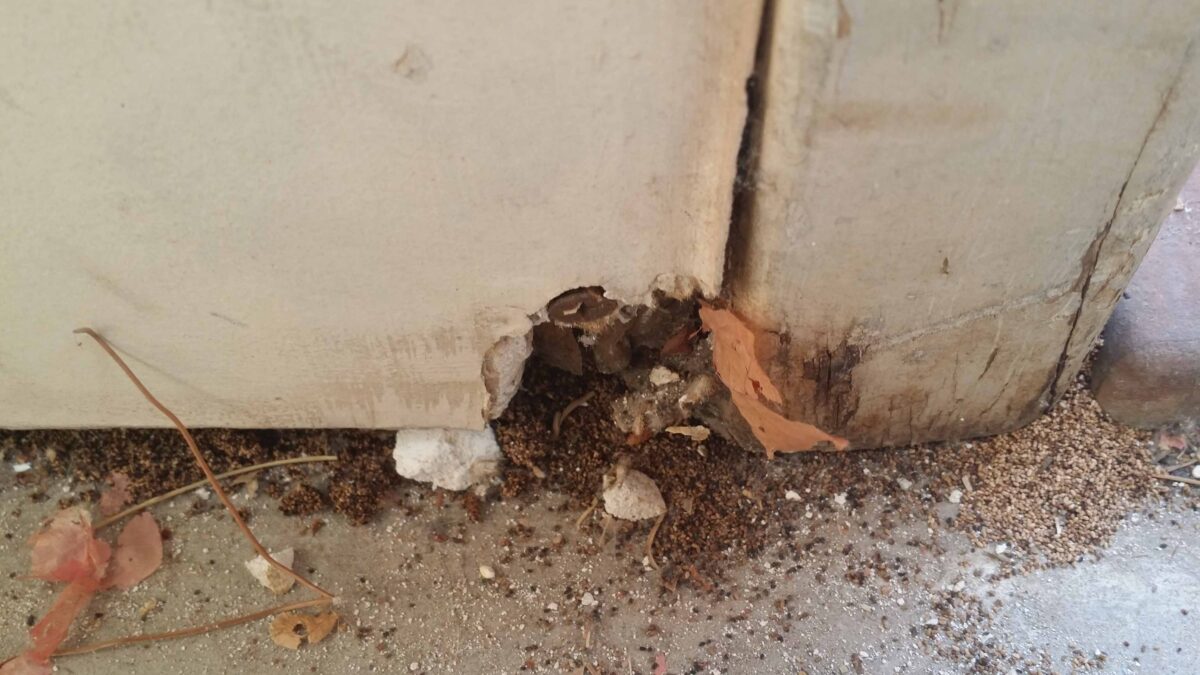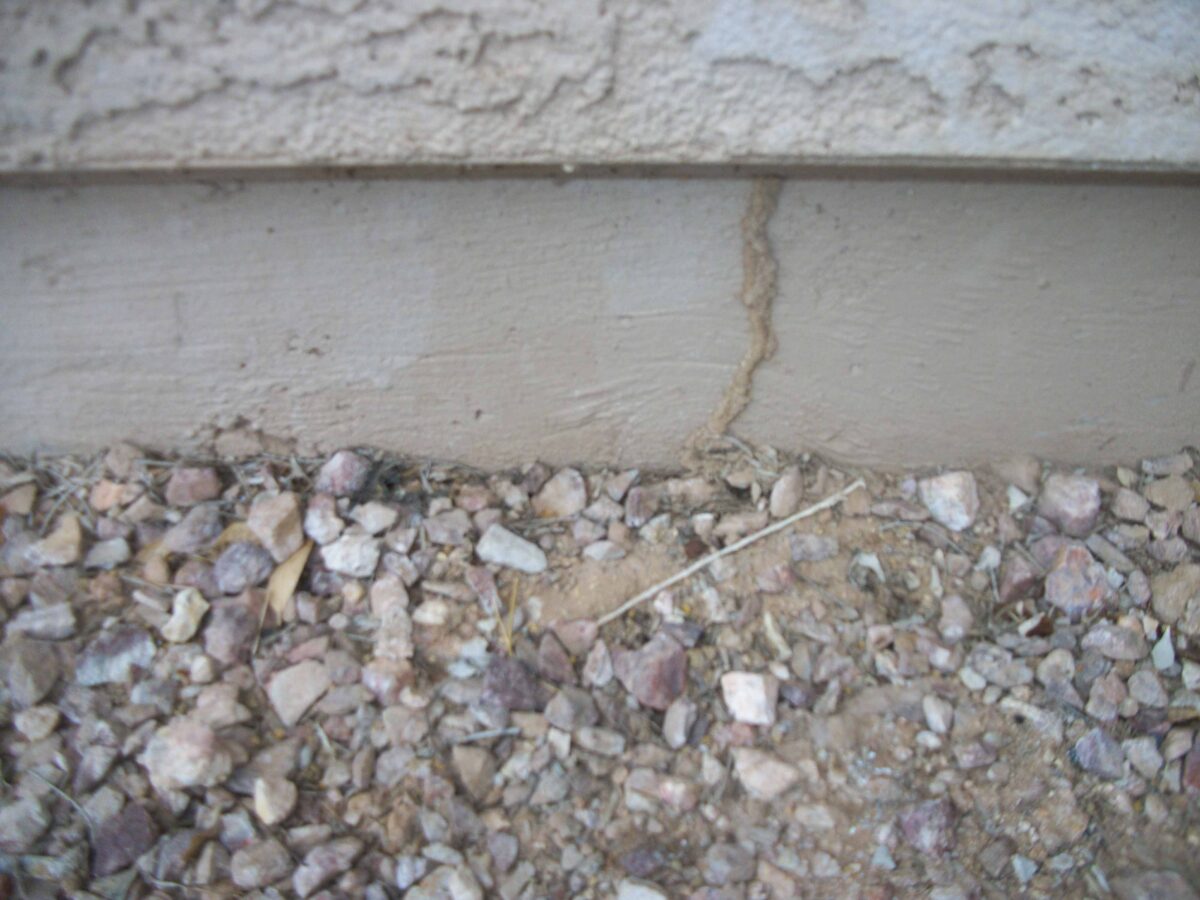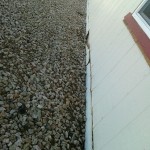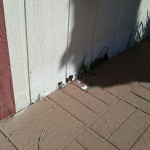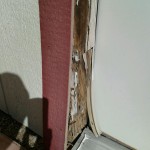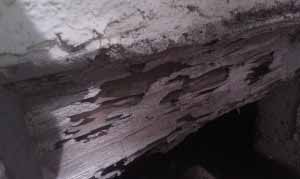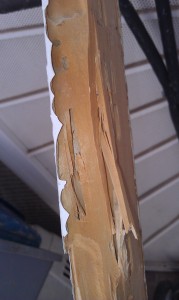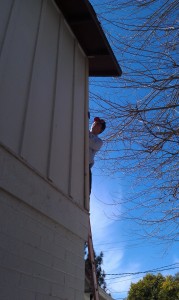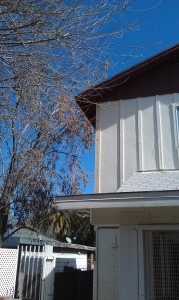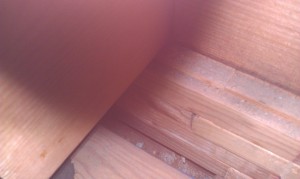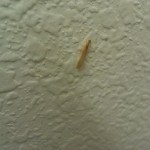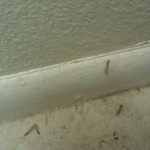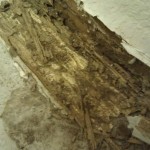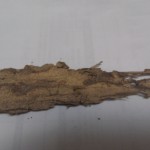Drywood Termites are not a real BIG problems here in Arizona because Drywoods get all their water from the wood. The most obvious sign of termites are the pellets they leave behind. Subterranean Termites use their fecal material with their waste to build tunnels and tubes. The fecal pellets from these termites are rounded with concave grooves, primarily from their anal glands reducing the amount of water escaping.
Subs:
Subterranean termites eat with the grain of the wood, while Drywood Termites eat across the grain. You can always tell subs versus drywoods – dirt or soil is always included with damage of subs. I remember a building Daytona Beach, Florida – huge building with multiple floors and upstairs wood floor with piles of Drywood pellets. They were obvious little pyramids all over the floors. In this case the only (only method to absolutely get rid of them is fumigation. You tent the entire building and put gas inside. Here is Arizona you can get lucky from time to time and find the termites.
Drywoods:
On occasion I have found them in windows and or walls. Either take out the wood or use a product that can seep into the wood. This can only occur if the wood has never been painted or varnished. You can spray, paint or foam the unsealed wood, just follow label instructions. As you can imagine these Drywood Termites are quite common in areas with water like Florida and California. However, you won’t find them in colder climates and the actual size of the colony is limited to about 3000. Subterranean termites can usually have over 1 million, while Formosan termites (another type of Subterranean) can have 16 million or more.
Remember that the bugs will inherit the earth, one way or another they will be here forever. So call ProBest for all your bug needs 480-831-9328 or 623-414-0176



